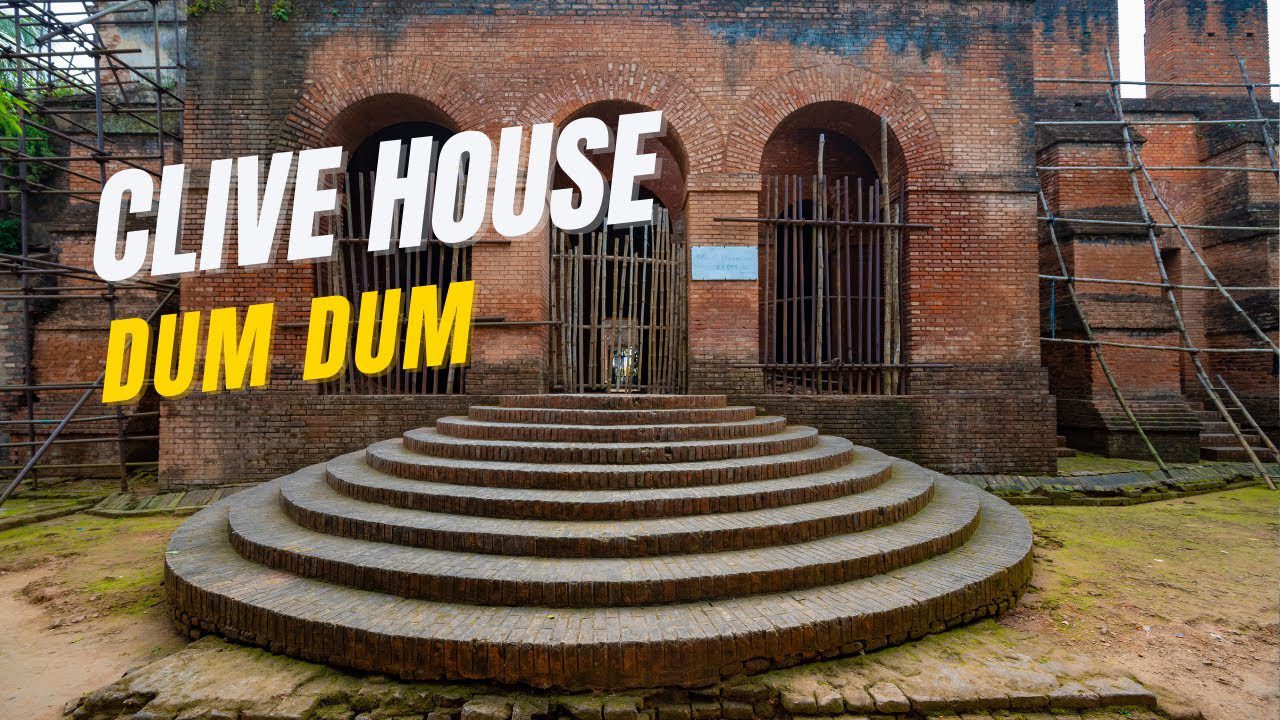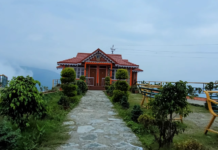Clive House Kolkata House of Lord Clive Bara Kothi
Clive House Kolkata House of Lord Clive Bara Kothi: Leaving Dumdum Nager’s Bazar bus stand on the left side of Jessore Road, a road will be visible on the left side, Rashtraguru Avenue. There is a signboard on the front of this street “Clive House Road”. After walking along this road for three minutes, you will come to a crossroads where you will see a field surrounded by railings.
- Distance From Kharagpur Is Approx. 145Km Via NH16
- Google Map: Clive House Kolkata
Clive House, Kolkata
An old two-storied house can be seen on a very high mound to the west of this field. This house is now known as ‘Clive House’ or ‘Bara Kothi’. Clive house is one of the oldest buildings named after Robert Clive, the first British Governor-General. It is said to be that Nawab Siraj-ud-daulah, the Nawab of Bengal, signed the treaty with the British at this house after the invasion of Calcutta.
Before Clive:
Robert Clive once spotted two houses on the side of the road as he passed by with his army before the Battle of Plassey. After the Battle of Plassey, Clive captured both houses. The house on top of the high mound is the present Clive House. Clive built a two-storied building on top of this one-story house and renovated the entire house. It is said that the Dutch used this house before Clive. Another house occupied a few hundred meters away was built during the reign of Nawab Alivardi Khan.
Read More: Doladanga Backpackers Camp Purulia Bengal Tourism
To the west of the ground, to the east of Clive House, is the entrance to the house, but it is now closed for renovations. You have to climb the semi-circular stairs to the north of the house to reach the main entrance of the house.
If you want to come to the north, you have to go through the narrow lanes to the south and west of the house. Many people now live on both sides of the wall of the house. The architectural style of this house with a thick brick structure and round brick pillars will catch the eye first. In most places the roof of this house, and wall does not exist. In some places, the wooden beams of the roof still somehow survive.
Several years ago, during archaeological excavations, a number of archeological materials were discovered in a mound next to this house, the historical value of which is immeasurable. At present, there is no permission to enter here for reform.










